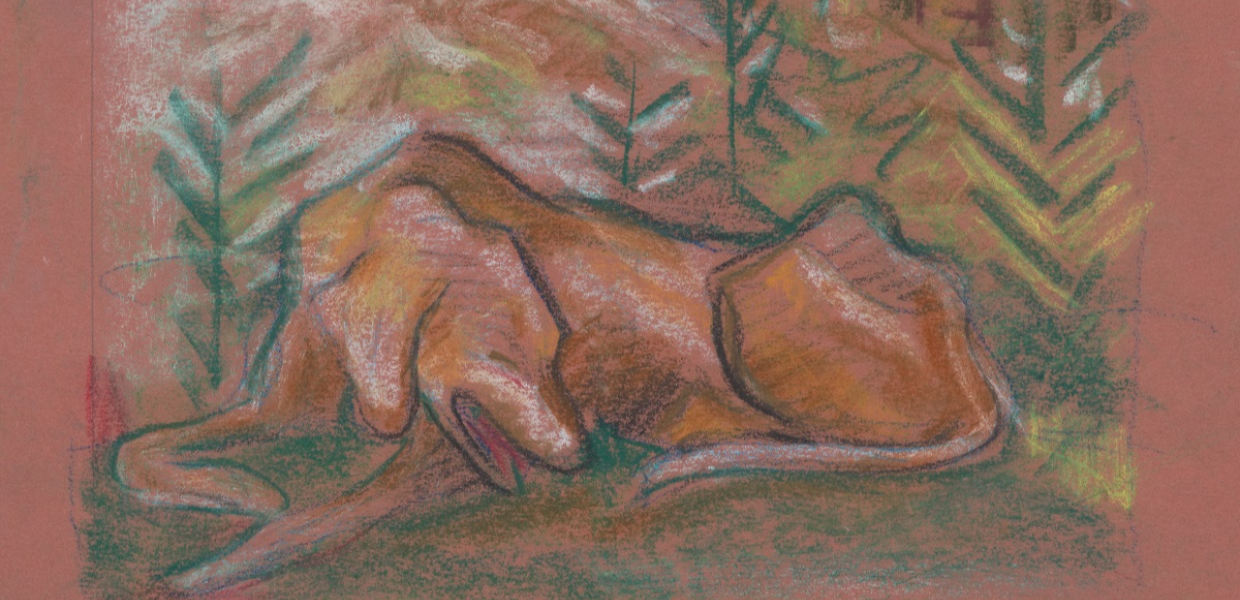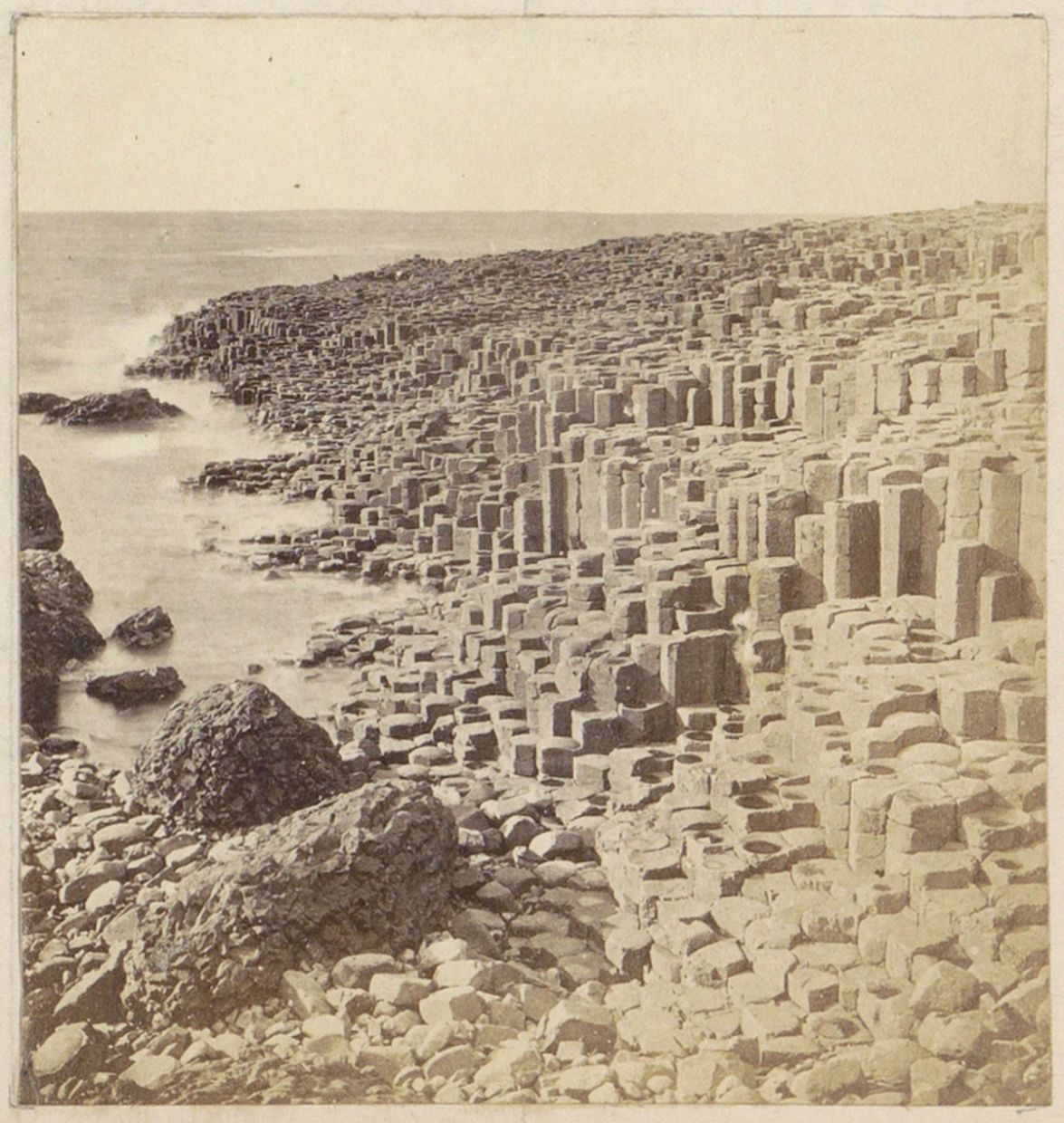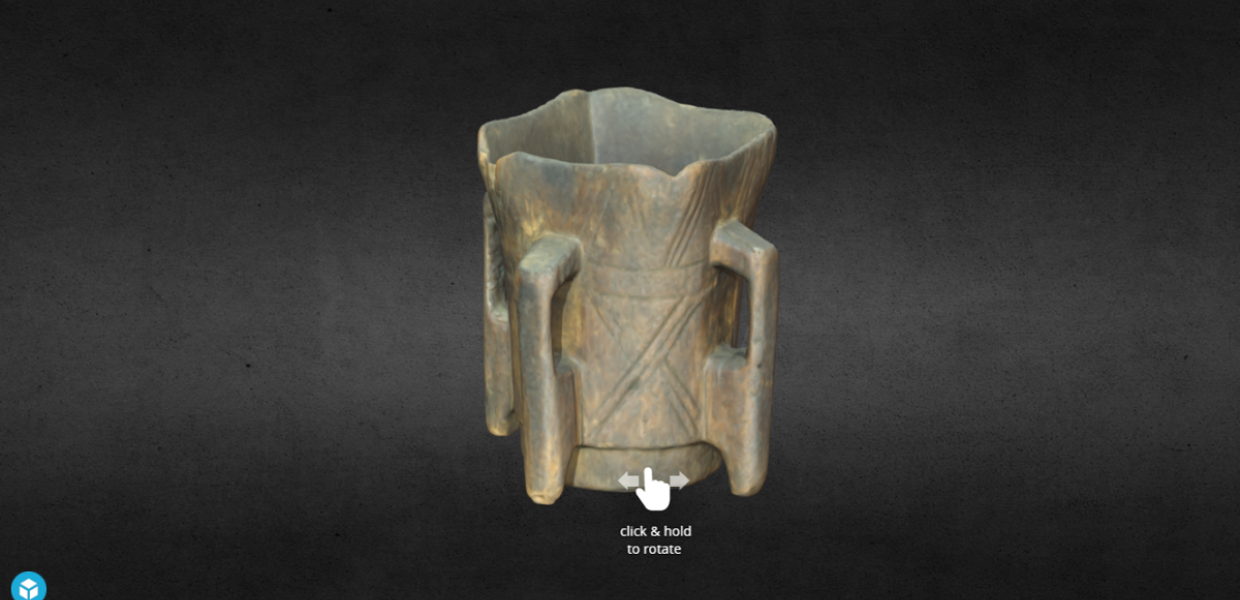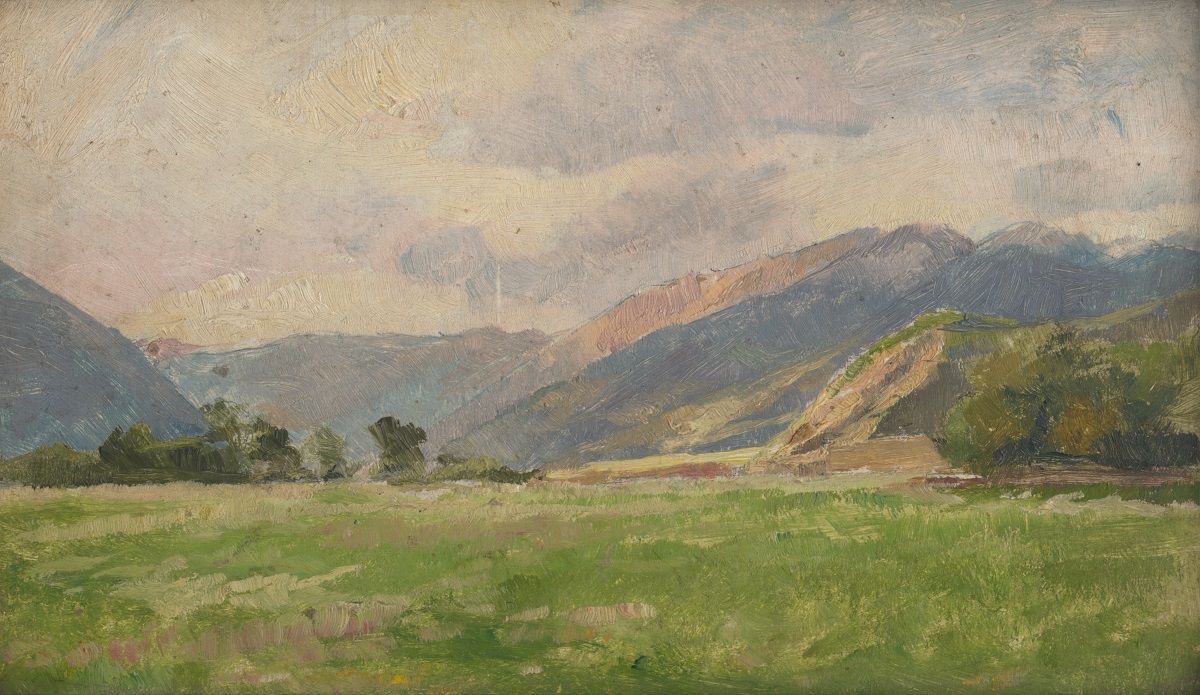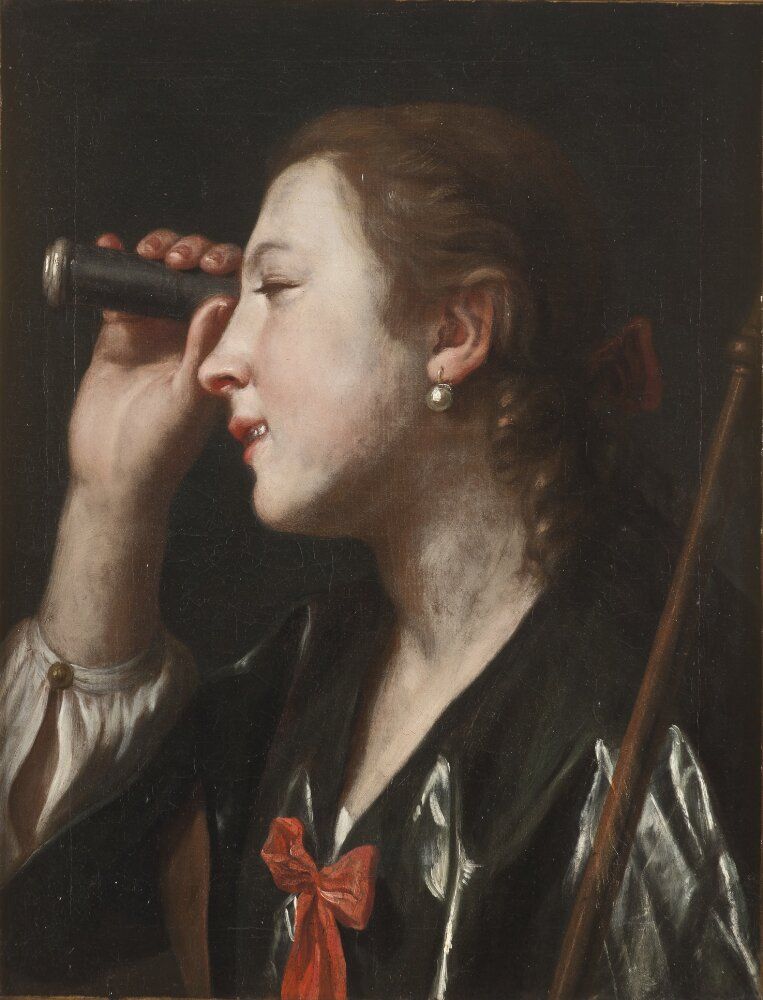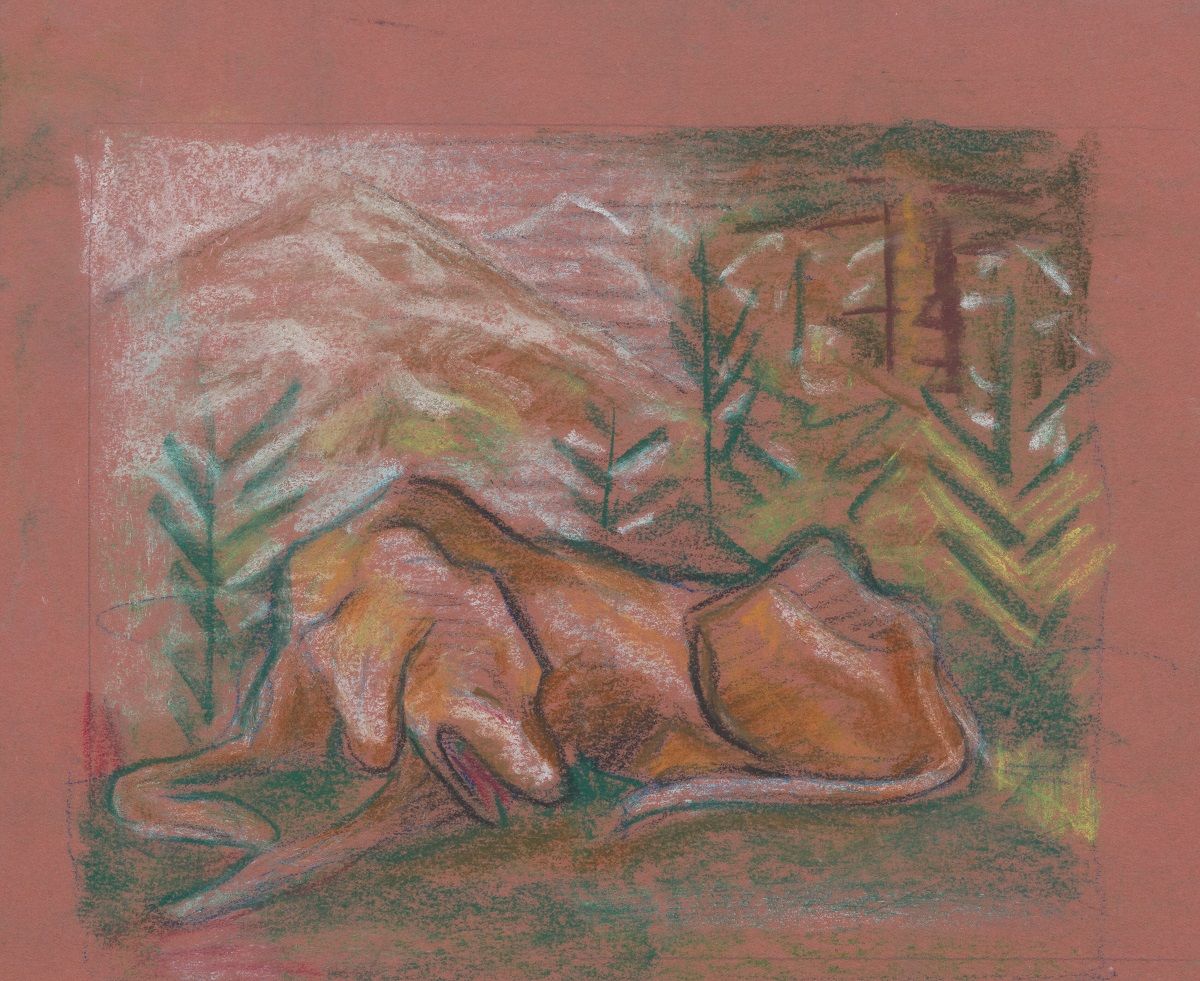At the start of every year, the cultural heritage world (along with many other sectors!) celebrates public domain day, as a variety of cultural heritage works that used to be protected by copyright enter the public domain. Exactly which works fall in the public domain is a difficult question to answer since legislation around copyright can be complex, specifically across borders. For European cultural heritage, most of the works that were created by authors that died in the year 1950 are now part of the Public Domain, as the general rule in the European Union is that if an author of a work has died more than 70 years ago, that work becomes part of the Public Domain.
The copyright status of works isn't static and set in stone, and Public Domain Day is a yearly reminder of its ever-changing nature. The event invites us to re-evaluate the copyright status of works, update their status where needed and encourage other cultural heritage institutions to do the same for their collections. If you see a piece of cultural heritage that you expect to be in the public domain but has a different copyright status, it’s always a good idea to send the institution a friendly message asking them if the copyright tag on a piece of work is still valid, or if it needs updating!
Public Domain Day also gives us the opportunity to call attention to the value of digitising cultural heritage objects, and the opportunities for sharing and re-use of those objects that are created by making public domain cultural heritage available on platforms like Europeana. To celebrate this, we asked members of the Europeana Network Association Communicators and Copyright community Steering Groups to highlight a cultural heritage object in the public domain, and available for everyone through the Europeana website, that they find striking and wanted to share with others. Explore their picks below!
